Americans spend nearly half of their day interacting with media. Nielsen research shows adults rack up an average of eleven hours of screen time every. single. day. Consumers have become digital carnivores, devouring a steady diet of multi-device media.
This endless need to watch, click, and play has encouraged marketers to invest heavily in digital advertising. Digital ad revenues surpassed 50% of total ad spend last year, reaching $106 billion, according to a report from Magna.
But, here’s the problem: digital media doesn’t stand out anymore. Consumers have built up an immunity to the endless array of ads they see while browsing for new shoes or checking their social feeds.
To wake consumers from digital hypnosis, marketers are turning to a more disruptive option: direct mail.
“Emails and social ads have become noise,” says Rob Gartmayer, Marketing Manager for Clinical Effectiveness at Wolters Kluwer, Health. “As marketers, we need to be unique in order to break through to customers continuously. To disrupt the norm, we’re using direct mail.”
Mail as a disrupter
What makes direct mail a disruptive technology, you ask? In a world of screens and scrolls, holding a piece of personalized mail is different than catching a glimpse of yet another browser ad.
“There was a time when direct mail was considered junk mail,” Gartmayer says. “Now the things have somewhat shifted and email feels overwhelming. You look at the messages in your inbox briefly and toss most of them in the trash. Meanwhile, a well done direct mail piece makes customers take a second look, giving you a valuable opportunity to gain their attention.”
At Wolters Kluwer, direct mail is used as a major component in customer win-back campaigns. Gartmayer says the organization sends letters to lapsed subscribers of UpToDate asking them to renew their subscription to the company’s clinical resource.
“We send a letter to subscribers in the medical profession asking them to renew. Like many marketers, we use a multi-touch approach and do outreach via email as well, but the real winner is direct mail. Response rates vary depending on the time of year, but we’ve seen an ROI on direct mail as high as 300%.”
Bob Ghika, Shawmut’s Director of Mailing, says Wolters Kluwer is one of many companies returning to direct mail to attract and retain customers.
National statistics mirror the growth in direct mail volumes Shawmut has seen and point to a resurgence. Forecasts show direct mail volume increasing by an average of 4 or 5% each year, according to the CMO Council.
Ghika believes more brands will lean on direct mail in the coming months, not just because it breaks the digital drumbeat but also because direct mail can be personalized in so many ways.
“There was a time when marketers sent direct mail to every customer,” Ghika said. “Now marketers are more data-savvy. They know their customers, segment lists, and create personalized messages that encourage action.”
One of the universities that works with Shawmut, for example, created a giving campaign that consisted of five different letters and 63 variations within them.
“The university used a variety of data like giving history, giving frequency, and donation timing to create truly personalized messages to donors—and it worked. The university experienced its highest giving year on record,” Ghika said.
Despite a generation of customers being raised by screens, success stories like this prove that direct mail is disrupting the status quo and reaching customers in ways digital methods can’t.
Tips to "disrupt" with direct mail
To help create an effective direct mail campaign in the digital era, consider these tips:
- Get data happy
To create a must-read piece of direct mail, you have to know your customers. Collect and utilize customer data for every campaign. (Sound advice for any marketing campaign, really).
- Segment, segment, segment
The days of sending generic flyers to the masses are over. Segment your customers based on demographics or behavioral data and create personalized messages for each niche.
- Know the new USPS
The postal service has launched new programs to help direct mail marketers that you might not know about. Look into programs like Informed Delivery and Mail Tracking using the Intelligent Mail Barcode to improve your campaigns.
- Break the direct mail mold
Don’t be afraid to try new things. For instance, Wolters Kluwer tested the envelope used with their UpToDate mailers. Recipients either received a plain white envelope, an envelope with an image, or a bright green envelope. After running tests, the company saw better response rates with green envelopes and is using this eye-catching idea to convert more customers moving forward.
- Don’t ban screens
While direct mail is shaking things up, it’s just one piece of your marketing puzzle. When you combine direct mail with email and social in a multi-touch campaign, you’ll have greater success. In fact, according to Merkle, marketing campaigns that used direct mail and one or more digital channels experienced a 118% lift in response rate compared to using direct mail only.







